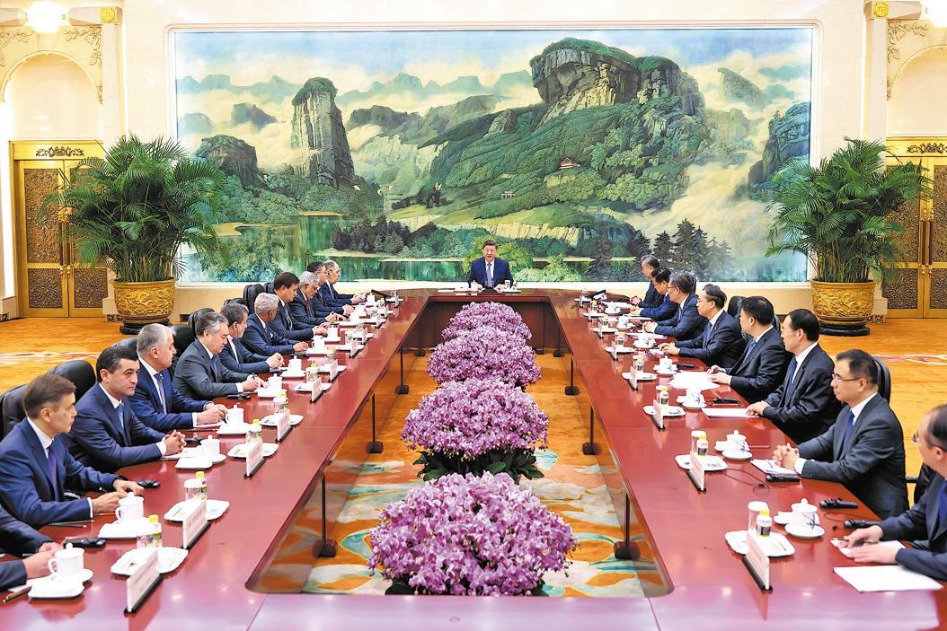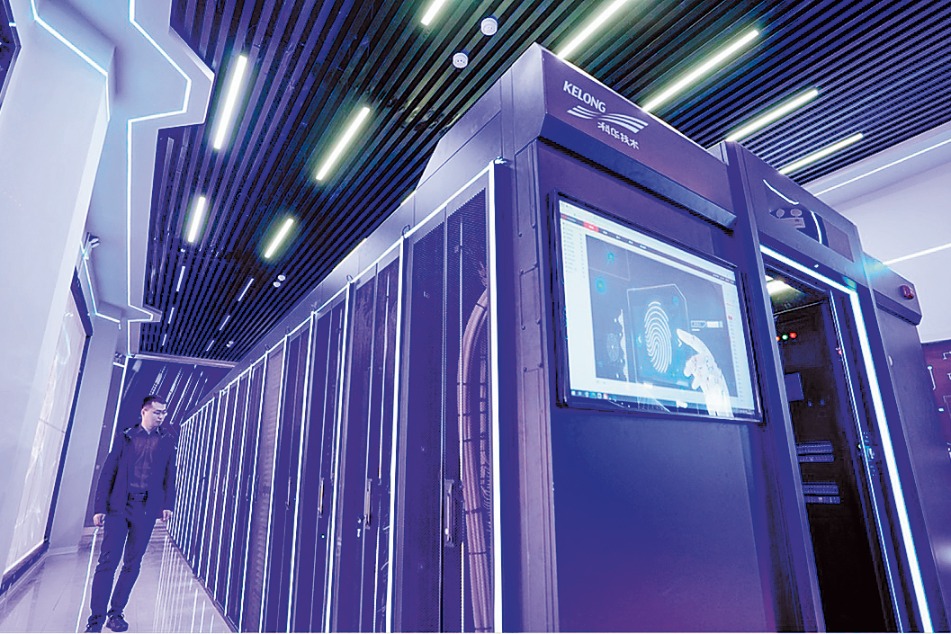Asia can lead global economic growth this century


At the 20th edition of the Boao Forum for Asia, President Xi Jinping's keynote speech emphasized the important role the Asia region and the connectivity provided by the Belt and Road Initiative can play in boosting global economic growth.
Asian countries have progressively increased their economic integration through the 10 member ASEAN group, ASEAN + 3 and culminating in last November's Regional Comprehensive Economic Partnership. Asia is the world's largest regional economy, accounting for over 42 percent of global GDP by purchasing power parity and close to 60 percent of the world's population.
Economic connectivity and global cross-border flows have been shifting toward Asia in seven dimensions: trade, capital flows, people, knowledge, transport, culture, resources and environment. These realities underscore the importance of the Belt and Road Initiative, promoted and supported by China to bring infrastructure investment to Asian members and help link them to other regions and increase trade flows and transport links.
Against this background, Xi was able to make a strong case for Asia's importance in leading the recovery of the global economy and for a rules-based global system, which both reflects this and supports globalization for mutual and shared benefits of all humanity. One area that clearly unites Asia and the world is the common goal of defeating the global pandemic of COVID-19, and it is noticeable that many Asia economies have brought the virus under control. Xi stated his commitment to vaccine availability as a public good and the need to cooperate and share advances in medical science - this supports the well-recognized view that nowhere is safe from the virus until the world has defeated it.
In a similar way, the BRI is a "public road" open to all who would like to participate, and not the private project of any one group. There can be no doubt that recovery from the global economic downturn, which saw world GDP drop by over 5 percent in 2020 according to most economic estimates, will need an integrated approach to investment and promoting trade. One pressing result is that World Bank studies estimate that 88 to 115 million people could fall back into extreme poverty because of the downturn. The bright light to counter this is another World Bank report suggests that by 2030, Belt and Road projects could help lift 7.6 million people from extreme poverty and 32 million people from moderate poverty across the world.
Although developed economies have run huge fiscal deficits and found "magic money trees" to fund spending, the trees are not evergreen and much of the expenditure has been on supporting businesses in lockdowns and workers on furlough. Economic recovery and job creation are going to need more productive spending on investment in infrastructure, new technologies and a green economic recovery for the sake of the environment and the health of future generations.
Thus, Xi rightly stressed his philosophy of "open, green and clean cooperation" within the BRI. It is a timely message, following the US' re-commitment to the Paris Climate Accord, President Biden's climate czar John Kerry's visit to China and Xi's participation this Thursday in a virtual climate change summit. As the world economy builds back, it must build back better and cleaner.
For the BRI to achieve its maximum potential, the economic connectivity it can provide must not be hindered by trade barriers or restrictions. China's pledge was made clear. China will take an active part in multilateral cooperation on trade and investment, fully implement the Foreign Investment Law and its supporting rules and regulations, cut further the negative list on foreign investment, continue to develop the Hainan Free Trade Port and develop new systems for a higher-standard open economy. All are welcome to share in the vast opportunities of the Chinese market.
It is clear a commitment to multilateralism and a belief in the benefits of globalization need to run alongside the BRI. Xi rightly noted there are two types of connectivity - the "hard connectivity" of infrastructure and "soft connectivity" of rules and standards. Both are needed to ensure unimpeded channels for trade and investment cooperation. If the Asia region can maximize cooperation and minimize friction, the whole world can benefit from "Asia's century".
Colin Speakman is an economist and an international educator with CAPA: The Global Education Network.
The opinions expressed here are those of the writer and do not represent the views of China Daily and China Daily website.
If you have a specific expertise and would like to contribute to China Daily, please contact us at opinion@chinadaily.com.cn , and comment@chinadaily.com.cn

































